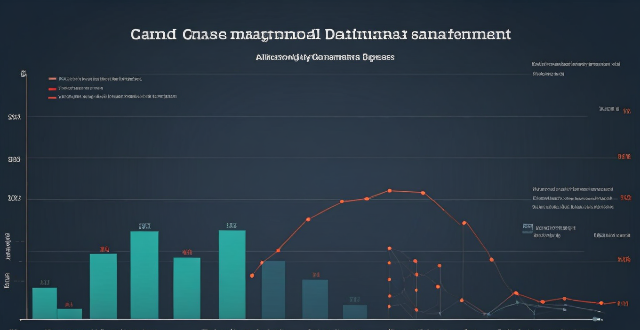The IP68 rating indicates a device's ability to resist dust and water, with the latter being up to 30 minutes under 1.5 meters of water. However, not all smartphones with this rating offer equal protection due to differences in design, construction, testing procedures, and user behavior. Examples include the iPhone 12 Pro Max with improved durability from Ceramic Shield glass, the Samsung Galaxy S21 Ultra using Gorilla Glass Victus for excellent resistance, and the Google Pixel 5 also featuring strong materials. Despite these enhancements, manufacturers advise against exposing devices to high-pressure water jets or swimming/diving conditions. It is crucial to adhere to manufacturer guidelines to ensure your device's longevity and functionality.

Are all smartphones with IP68 rating equally effective in water?
Introduction
The IP (Ingress Protection) rating is a standard used to define the levels of sealing effectiveness of electrical enclosures. The first digit after "IP" indicates the level of protection against access to dangerous parts, and the second digit indicates the level of protection against water. For example, an IP68 rating means that the device is fully protected against dust (6) and can withstand being underwater for up to 30 minutes at a depth of 1.5 meters (8).
However, not all smartphones with an IP68 rating are equally effective in water. Here's why:
Factors affecting water resistance
Design and construction
Different manufacturers may use different materials and construction methods when designing their smartphones. Some devices may have more tightly sealed ports or gaskets, which could provide better water resistance than others. Additionally, some phones may have more robust internal components that are less susceptible to damage from moisture.
Testing procedures
Manufacturers often conduct their own testing procedures to determine if a device meets the IP68 rating criteria. However, these tests may vary between companies, leading to differences in the actual water resistance of each device. Furthermore, some manufacturers may only test their devices under specific conditions (e.g., freshwater), while others may also test them in saltwater or other liquids.
User behavior
Finally, user behavior can also affect the water resistance of a smartphone. For example, dropping a phone into water from a height, exposing it to hot or cold temperatures before submerging it, or using it while it's still wet can all reduce its ability to resist water damage.
Examples of smartphones with varying water resistance
Here are some examples of smartphones with an IP68 rating but different levels of water resistance:
iPhone 12 Pro Max
- Durability: Apple claims that the iPhone 12 Pro Max has improved water resistance compared to previous models due to its Ceramic Shield glass and more durable design.
- Testing: Apple conducts extensive testing on its devices to ensure they meet the IP68 rating criteria.
- User behavior: Apple recommends avoiding exposing the iPhone 12 Pro Max to high-pressure jets of water, such as those from showerheads or faucets.
Samsung Galaxy S21 Ultra
- Durability: Samsung claims that the Galaxy S21 Ultra has excellent water resistance due to its IP68 rating and use of Gorilla Glass Victus on the front and back.
- Testing: Samsung conducts its own testing procedures to ensure that the Galaxy S21 Ultra meets the IP68 rating criteria.
- User behavior: Samsung recommends avoiding using the Galaxy S21 Ultra while swimming or diving, as well as exposing it to saltwater or other liquids that could damage the device.
Google Pixel 5
- Durability: Google claims that the Pixel 5 has good water resistance due to its IP68 rating and use of Corning Gorilla Glass 6 on the front and back.
- Testing: Google conducts its own testing procedures to ensure that the Pixel 5 meets the IP68 rating criteria.
- User behavior: Google recommends avoiding exposing the Pixel 5 to high-pressure jets of water, such as those from showerheads or faucets, as well as using it while swimming or diving.
Conclusion
While all smartphones with an IP68 rating should be able to withstand being underwater for up to 30 minutes at a depth of 1.5 meters, there are several factors that can affect their actual water resistance. These include design and construction, testing procedures, and user behavior. Therefore, it's essential to follow your manufacturer's recommendations for using your device in water and avoid exposing it to conditions that could potentially damage it.